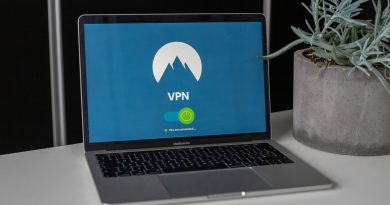The Great Un-Zucking: Why Instagram’s Top Creators Are Building Their Own Platforms
For the last decade, the playbook for online stardom was clear: build a massive audience on a platform owned by someone else. YouTube, Instagram, and TikTok were the landlords of the internet, and creators were the tenants. Success meant playing by the landlord’s rules, paying rent in the form of your data and ad revenue, and living in constant fear of the algorithm changing the locks.
That era of digital serfdom is coming to an end.
A power shift is underway. The most successful and business-savvy creators are no longer content to simply be tenants on Mark Zuckerberg’s digital property. They are executing the “Great Un-Zucking”—a mass migration away from relying solely on mainstream platforms to build their own independent, subscription-based media empires.
The Push Factors: Why They’re Leaving
This isn’t just about money; it’s about control, stability, and a rebellion against a system that has become increasingly hostile to the very creators who made it valuable.
- The Tyranny of the Algorithm: This is the primary motivation. A creator’s entire livelihood can be decimated overnight by a single, opaque change to the Instagram or YouTube algorithm. Reach, views, and income can plummet for no discernible reason, leaving creators powerless.
- Creative Burnout: The algorithmic beast demands to be fed constantly. To stay relevant, creators are forced to churn out an endless stream of content, often prioritizing quantity over the quality and passion that grew their audience in the first place. It’s a recipe for burnout.
- Demonetization and Censorship: Creators live in constant fear of violating complex and inconsistently enforced platform rules. A single mistaken copyright strike or a controversial post can lead to their content being demonetized or their account being suspended, effectively shutting down their entire business without warning or appeal.
- They Don’t Own Their Audience: A creator with 10 million followers on Instagram doesn’t actually have 10 million fans. They have a rental agreement with Meta to reach a small fraction of that audience. They have no direct line of communication. The platform owns the relationship.
The “How”: The New Stack for Creator Independence
This declaration of independence is only possible because of a new ecosystem of tools that allows any creator to build their own media company with ease.
The new model is simple: use the big social platforms as the “top of the funnel” to attract a wide audience, then convert your most loyal followers—your “true fans”—to your own paid platform where you control the experience and the relationship.
The core of this new business is a direct connection with the audience, usually an email list, which is the creator’s single most valuable asset. From there, they use platforms like Patreon, Substack, or Kajabi to host their premium, exclusive content—be it private podcasts, in-depth videos, community forums, or newsletters—for a recurring monthly subscription fee.
This model is far more sustainable. Instead of trying to earn fractions of a cent from ad views on millions of casual followers, a creator can build a fantastic living from a few thousand dedicated fans paying $5 or $10 a month.
A New Era for a New Class of Media
This isn’t a strategy for a brand-new creator. It’s the next logical step for established influencers, educators, and artists who have already built a loyal community. They’ve realized that the audiences they built on social media are not just followers; they are customers waiting for a better product.
The Great Un-Zucking is the maturation of the creator economy. It’s a power shift from the centralized platforms to the individual. While Instagram and YouTube will remain powerful discovery engines, the smartest creators are no longer building their mansions on rented land. They’re using the big platforms as billboards to advertise their own private, independent digital homes.




